EEStor is the urban legend of a startup that is said to be building a supercapacitor material that would store more energy and charge and discharge faster than previous materials by a factor of ten. If true, it could change the technology of electric vehicle charging and utility-scale energy storage.
We've made repeated attempts to contact the company and CEO Dick Weir in the past to no avail. Here is some of our EEStor coverage from 2010, which includes a musical lament.
Here's an abbreviated timeline of the firm's financial and partnership activity:
- Kleiner Perkins invested several million dollars in EEStor in 2005. The firm doesn't admit to the investment on its website.
- Zenn Motors, a Canadian EV manufacturer, invested $2.5 million in EEStor in 2007.
- Zenn invested another $5 million for a 10.7 percent stake in 2009. (Today Zenn is publicly held but barely alive as a going concern.)
- Lockheed-Martin signed an agreement with EEStor for the rights to integrate and market the firm's Electrical Energy Storage Units in military and security applications, but did not invest any money.
Last year, a source sent me some documents from an FOIA request from the Air Force Research Lab (AFRL) at Kirtland Air Force Base. They seem to indicate that the AFRL is puzzled over EEStor's story and unwilling to be associated with the firm. The redacted documents follow. Note the comment that EEStor is "full of it." (See redacted emails below.)
But the EEStor legend lives on with today's announcement from EEStor, as well as from Zenn.
EEStor provided an update "on the development of single-layer Electrical Energy Storage Units (EESUs) as a step toward full commercial units. The single layers are generally around 20 microns in thickness with an area of 0.25 inches square. EEStor has successfully demonstrated a process that yields layers that can handle an operating voltage in excess of 3500 volts, have a DC resistance of greater than 700 terra ohms, and a dissipation factor of 0.005."
"The process of manufacturing the layers has evolved as EEStor has worked on improving the reliability of the layers. EEStor has recently focused its efforts on elimination of voids within the layers to improve the energy storage capabilities of the EESUs. EEStor has recently made major progress in that it is now successfully producing layers which tests indicate are void free."
"The layers now being produced have very small internal self-discharge and crossover losses. These layers have been cycle tested by EEStor and have achieved over 1 million full cycles at a rate of less than 30 seconds per cycle. Each cycle consisted of charging to 3500 volts followed by discharging to zero volts. The EESU layers have better self-discharge characteristics and lower losses in the charge/discharge cycles than other known competitive energy storage technologies. Improvements have been made in the film morphology and fabrication requirements to facilitate the use of automated manufacturing. However, the most recently produced versions of the EESU layers have been tested by EEStor and in EEStor's opinion do not yet achieve the level of permittivity necessary for commercial production. EEStor is now working on improvements in the film morphology which it believes will allow it to significantly increase the permittivity and energy storage capabilities of the layers."
Zenn Motors entered into a new technology agreement with EEStor, which increases and improves its "exclusive rights to purchase electrical energy storage units under development by EEStor." According to James Kofman, interim CEO of Zenn, "Zenn now has exclusivity over an enormous potential market in automobiles and other vehicles, and we are no longer limited by weight or category."
Zenn has agreed to continue its relationship with EEStor, with $500,000 invested within two business days of signing the New Technology Agreement and the potential of investing another $30 million over the next five years. Zenn has seven full-time employees and a market capitalization of $63.8 million.
Capacitor and ceramic experts I've spoken with in the past have expressed some skepticism about EEStor and its technology. Other sources have suggested that the research is genuine and that progress is being made at the materials level.
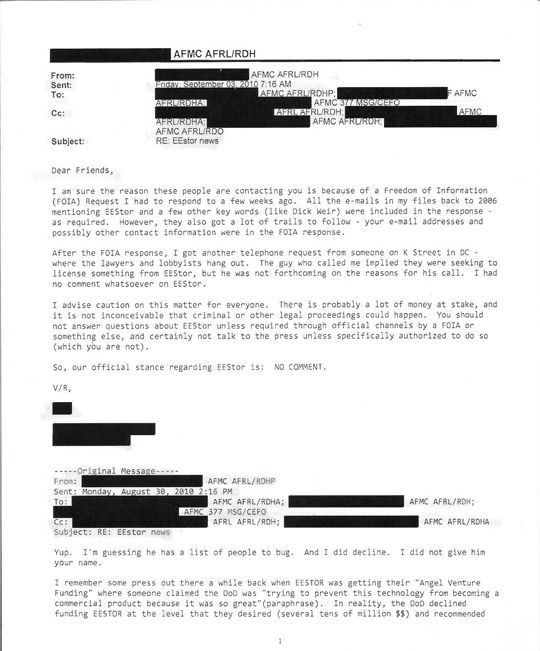
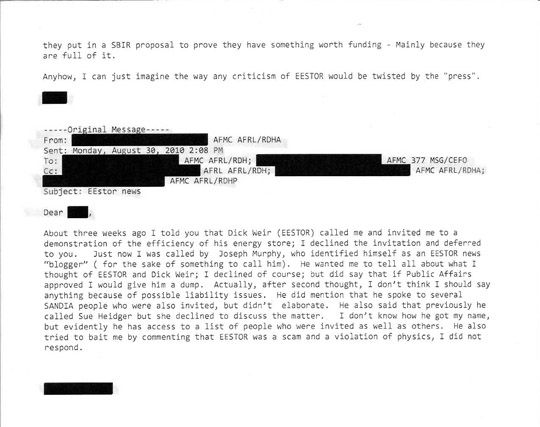

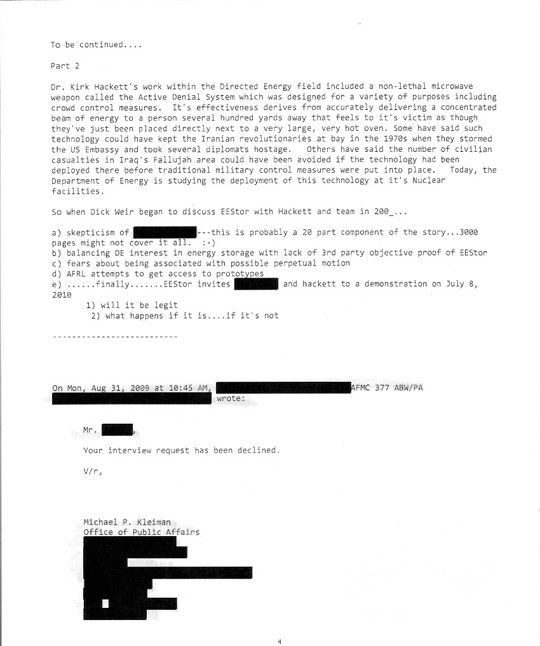
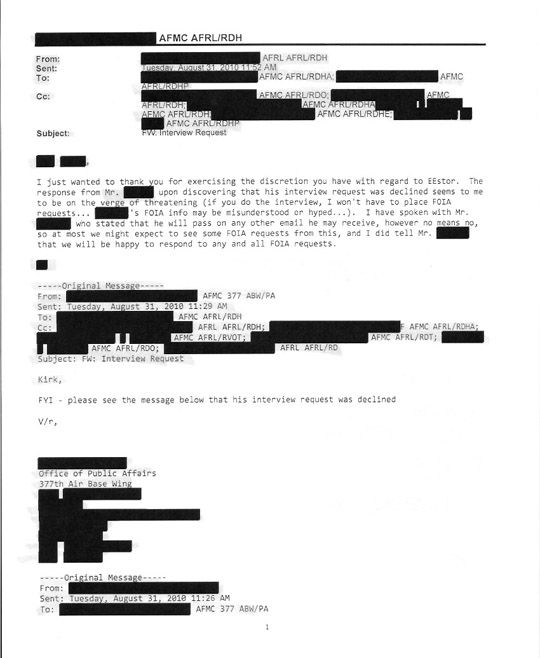
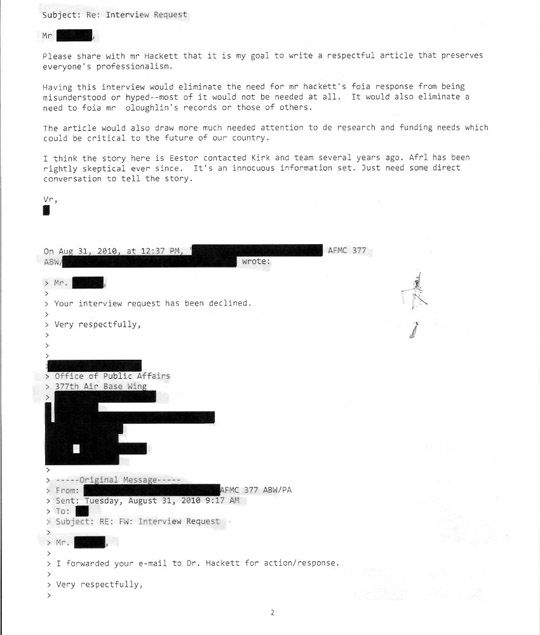
We report extensively on energy storage companies at Greentech Media. Here's a recent overview.



